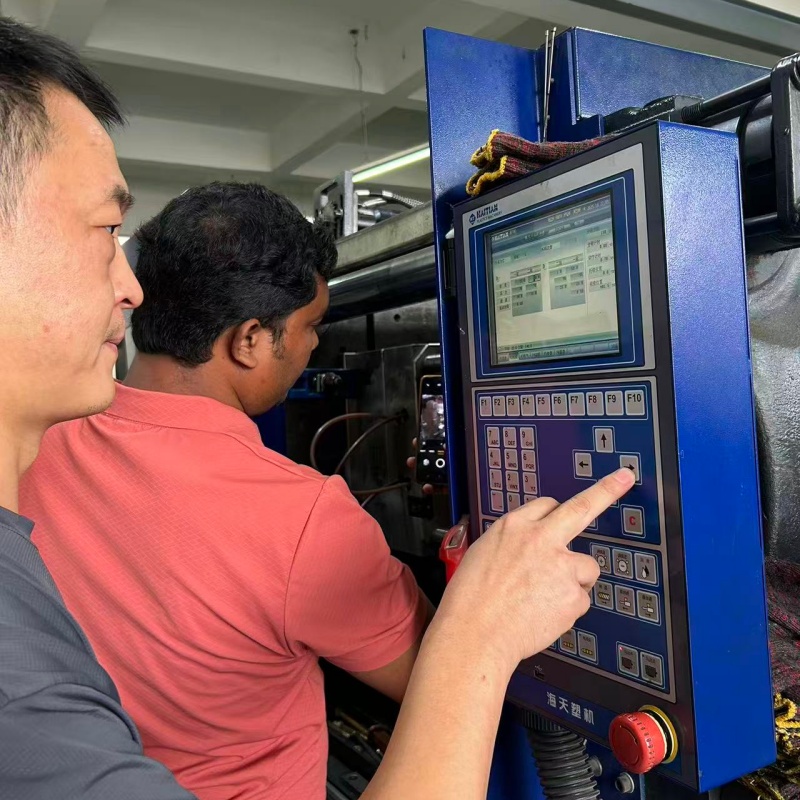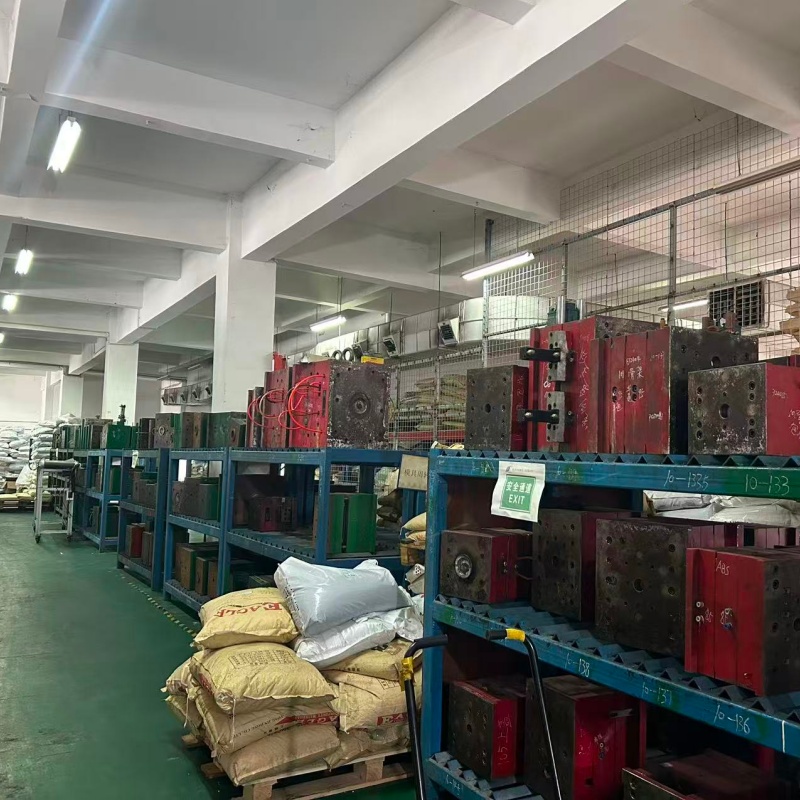
Plastic Injection Mold Inspection Process
1. Pre-Inspection Preparation
Before starting the inspection, confirm the basic information and prepare necessary tools to ensure the inspection is targeted and efficient.
• Verify the mold design documents, including 2D drawings, 3D models, and material specifications (such as P20, 718H) to ensure the inspected mold matches the design requirements.
• Prepare inspection tools: calipers, micrometers, coordinate measuring machines (CMM), hardness testers, and surface roughness meters. Calibrate all tools in advance to guarantee measurement accuracy.
• Check the mold’s basic information, such as mold number, cavity quantity, and weight, to confirm consistency with the order list.
2. Visual and Structural Inspection
This step focuses on the mold’s appearance, structure, and key components to eliminate obvious defects and structural deviations.
• Appearance check: Inspect the mold base, cavity, and core for scratches, dents, rust, or burrs. Ensure the surface is smooth and free of processing residues.
• Structural verification: Confirm the mold’s overall structure, including the positioning of guide pillars, guide sleeves, thimbles, and cooling channels. Check if the assembly is tight and if moving parts (like sliders) operate flexibly without jamming.
• Component inspection: Verify the quality of standard parts (such as springs, bolts) and custom components. Ensure all parts are intact, properly installed, and meet the specified material or performance standards.
3. Dimensional Accuracy Inspection
Measure key dimensions of the mold to ensure it meets the design tolerances, which directly affects the quality of injection-molded products.
• Use calipers and micrometers to measure basic dimensions, such as the length, width, and height of the mold base, and the depth and diameter of cavities.
• For complex or high-precision dimensions (e.g., positioning hole coordinates, cavity surface contours), use a CMM for 3D scanning and measurement. Compare the results with the design drawings to check for deviations.
• Record all measurement data. If deviations exceed the allowed tolerances, mark the problematic positions and require adjustments.
4. Performance and Functionality Test
Test the mold’s practical performance under simulated or actual working conditions to ensure it can operate stably.
• Cooling system test: Connect the cooling water circuit, check for leaks, and verify if the water flow is smooth. Ensure the cooling channels are unobstructed to meet the heat dissipation requirements during production.
• Injection trial run: Install the mold on an injection molding machine, use the specified plastic material (e.g., PP, ABS) for a trial injection. Check if the mold clamps and opens smoothly, if the thimble ejects the product correctly, and if there are no issues like flash or incomplete filling.
• Durability test: Conduct multiple cycles of trial injection (usually 500-1000 cycles) to test the mold’s wear resistance and stability. Inspect key components for deformation or damage after the test.
5. Defect Evaluation and Documentation
Summarize the inspection results, evaluate defects, and compile a formal report for decision-making and follow-up.
• Classify detected defects: Critical defects (affecting mold use or product safety), major defects (affecting product performance), and minor defects (cosmetic issues).
• Compile an inspection report with detailed information: mold information, inspection tools, test data, defect photos, and evaluation results.
• Determine the final result: Pass (no defects or only minor defects that meet requirements), Rework (need adjustments for major defects), or Reject (unrepairable critical defects).
6. Final Confirmation and Handover
After resolving all issues, confirm the mold meets the standards and complete the handover procedures.
• Re-inspect the mold after rework to ensure all defects are corrected.
• Obtain confirmation from both the inspector and the supplier (or manufacturer) on the inspection report.
• Arrange the handover of the mold, along with supporting documents (inspection report, maintenance manual, and spare parts list).


